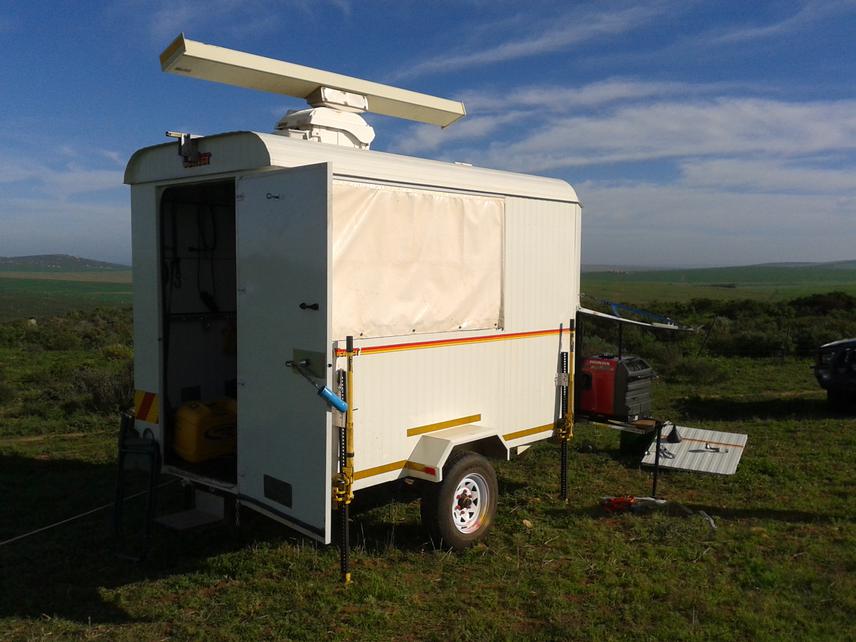Frowin Klaus Becker
Assessing the limitations of both visual and radar-acoustic monitoring of Cape vulture movements and optimising their use.

With South Africa's rapidly expanding wind energy sector garnering sizable investments, the country's avifauna will be subject to potentially detrimental impacts. Birdlife South Africa’s and the Endangered Wildlife Trust’s Best Practice Guidelines for Avian Monitoring and Impact Mitigation at Proposed Wind Energy Development Sites in Southern Africa has already kick- started efforts to stifle such impacts. Monitoring of bird movements at proposed wind energy development sites is, however, still being conducted in a largely parsimonious, rather than accurate manner. Inclinations such as these spur the ‘misplacement’ of wind turbines and the entailing fragmentation and loss of avian habitats, as well as the disruption of important migratory routes. Collisions, displacement, energy-costly avoidance behaviour and skewed predator-prey interactions are amongst the impacts that the construction, operation and decommissioning of a wind farm bear on avian populations. In order to address and restrict such inaccuracies my study aims to (1) assess the limitations of both visual and radar- acoustic monitoring, (2) determine whether the desired outcome is achieved more accurately and cost-effectively by using either or both, and (3) assess the efficacy of acoustics.
This study will look to possibly develop a monitoring protocol, which will combine the use of radar-acoustic and visual observations to optimal effect. Said effect will not only have an economic appeal, but will also produce an accurate risk profile for high-priority bird species, which will allow for more efficient mitigation measures.
The Cape Vulture (Gyps coprotheres) will serve as a focal point in my study. These southern African endemics have experienced steep population declines and localised extinctions since the early 1990s, with wind farms only adding to various extant threats.
As the species’ stronghold (~20% of global population), the Eastern Cape Province has also been recognised as a feasible region for the development of wind-generated energy. The Cape Vulture has also been assigned the second highest Species Priority Score in the country during the layout of BirdLife South Africa’s and the Endangered Wildlife Trust’s AvianWind Farm Sensitivity Map for South Africa.
Visual and radar-acoustic monitoring is conducted from at least three pre-established vantage points along a habitat and topographical gradient. Radar-acoustic observations will be made using state-of-the-art equipment provided by EchoTrack Inc. The EchoTrack™ Radar-Acoustic™ Airborne Wildlife Surveillance System is capable of generating a four dimensional path (location and altitude over time). Acoustic sensing and leading-edge wave sound analysis provide identification of vocalising species and the direction of flight.